-webp.webp)
The Economy of Egyptian Civilization: Insights into the Old Kingdom
The Economy of Egyptian Civilization was complex and thriving, thereby sustaining one of the longest-lived and most influential societies in human history. This article takes a closer look at minute details of the Economy of Egyptian Civilization and reveals secrets about the economic success of ancient Egypt. Agriculture, trade, industry, and daily life were the driving forces of this amazing civilization.
The Foundation: Agricultural Economy in Ancient Egypt
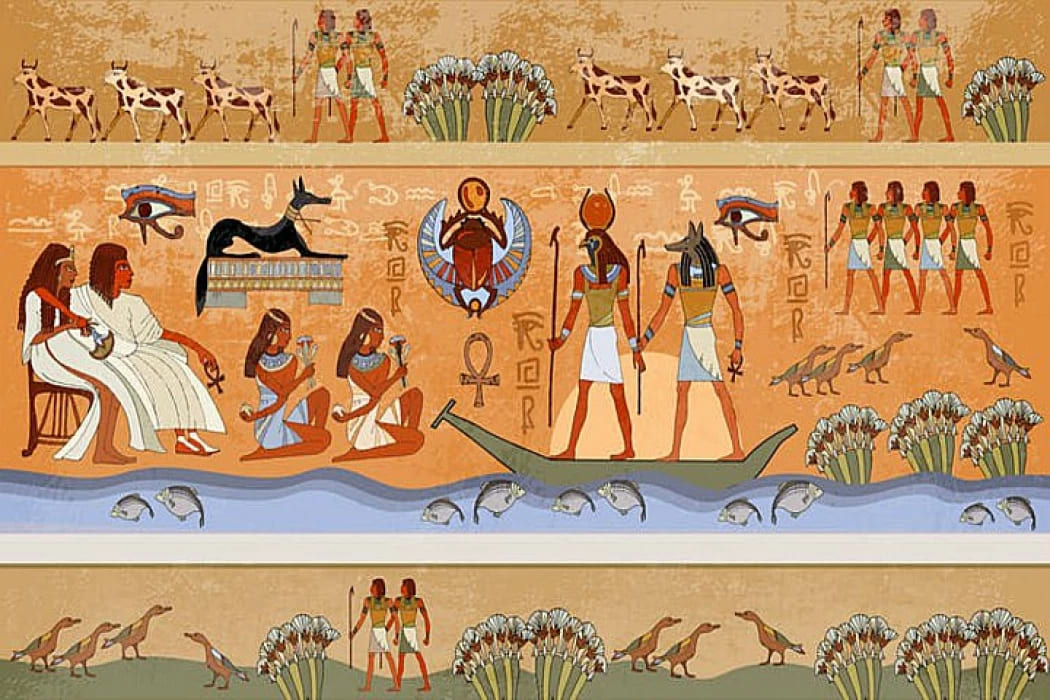
The Nile River was the life of ancient Egypt. The annual flooding of the said river was quite important. It provides fertile silt. This enriched the land. It is this natural phenomenon that created the base for Ancient Egypt's agricultural economy. This predictable cycle thus allowed consistent harvests. It ensured food security. This was the cornerstone of ancient Egypt's economy.
The Nile's Gift: Annual Flooding and its Impact
The periodic flooding of the Nile floodplain was a great deal more than a natural phenomenon; it was the driving motor of the Egyptian economy. The floodwaters deposited rich black soil, perfect for crops. Farmers developed an advanced irrigation system to control the flood waters and extend the growing season. Agricultural surplus led to labor specialization. It fueled trade.
Crops and Cultivation: The Heart of the Egyptian Economy
Wheat and barley were the staple crops. They formed the Egyptian diet. Farmers cultivated flax for linen. Growing fruits and vegetables was also a common feature. The success of ancient Egyptian civilization depended on this agricultural system. It supported a large population. Resources for other economic activities came from it as well.
Elements of Ancient Egyptian Economy: Beyond Agriculture
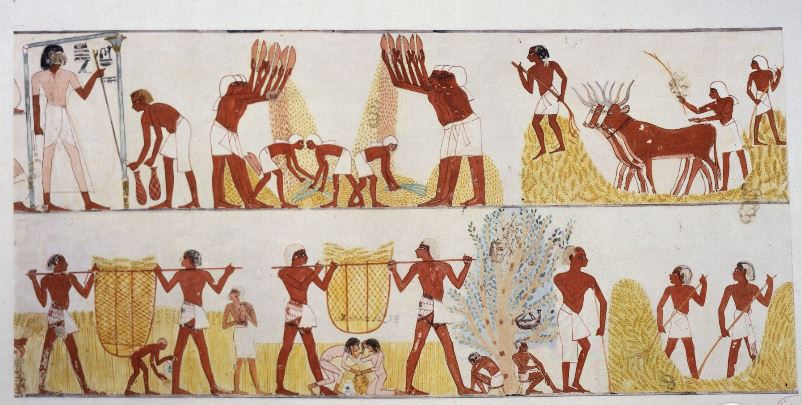
Agriculture was the leading economic activity in Egypt, but there were other vital sectors. Some of these were trade, craftsmanship, and resource extraction. These contributed to the total wealth of the nation.
Trade in Ancient Egypt: Connecting the Ancient World
Trade in Ancient Egypt was significant. It brought in goods that were not available locally. Egypt traded with areas surrounding them. They traded with faraway lands. They looked for valuable commodities. Among these were timber, precious metals, and exotics. These routes provided a means of cultural exchange. They also played a significant role in the economy of ancient Egypt.
Craftsmanship and Industry: Skills and Specialization
Ancient Egyptians had exceptional ability in craftsmanship. They created an immense amount of products that involved pottery, textiles, jewelry, and metalwork, all organized into workshops which made possible much specialization and a significant increase in productivity. Such industries in ancient Egypt therefore played an important role economically, providing both domestic consumption items as well as those for trade.
Resource Extraction: Mining and Quarrying
Natural resources were abundant in Egypt. Among them, stone, gold, and copper are featured. Mining and quarrying were among the most important industries in the country. It provided building materials, tools, and ornaments. The abundance of these resources helped in developing Egypt's wealth and also nurtured its artistic and architectural accomplishments.
Daily Life in Ancient Egypt: The Human Element
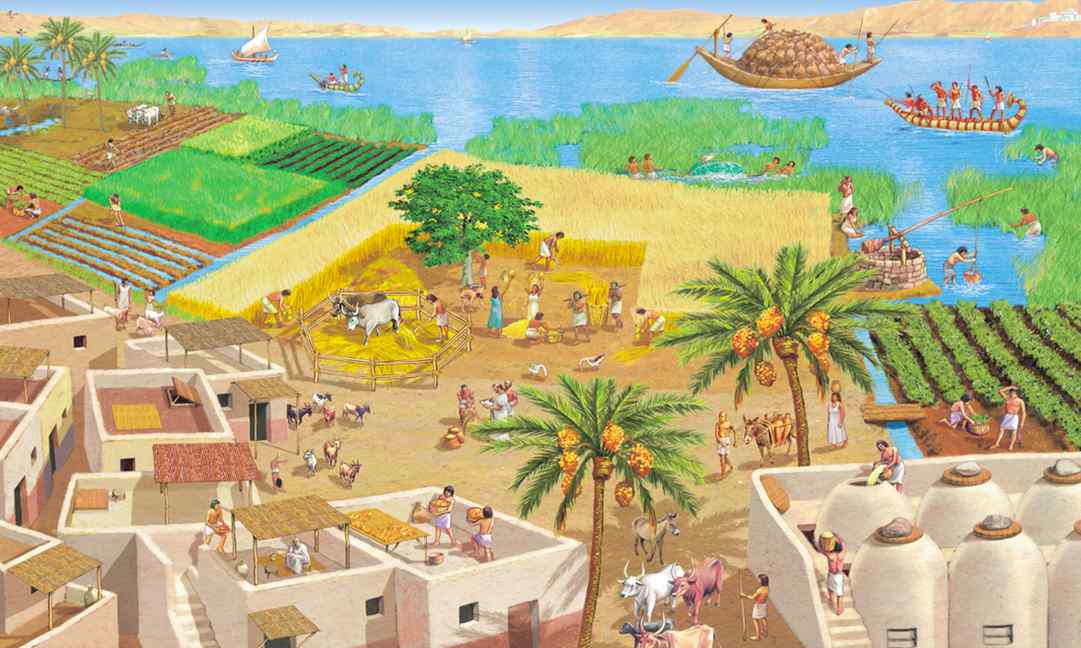
The daily life in ancient Egypt was intertwined with the economy. From farmers to artisans to scribes, everybody had a role in the economy, adding to the completeness of society.
Social Structure and Labor: A Hierarchical System
Ancient Egyptian society was highly stratified. The pharaoh stood at the top. He controlled the economy. Below him were the priests, nobles, and officials. They managed various sectors of the economy. Farmers and laborers formed the foundation of the social hierarchy. They supplied the required manpower for farming and construction. It ensured the proper working of the ancient command economy.
Economic Activities and Social Roles: Interdependence
Each class had its economic role in society. These roles contributed to the overall well-being of ancient Egypt: farmers tilled the lands, artisans manufactured goods, merchants traded, and scribes recorded transactions. This interdependence assured stability and success for ancient Egyptian civilization.
The Economy of Ancient Egypt: A Legacy of Innovation
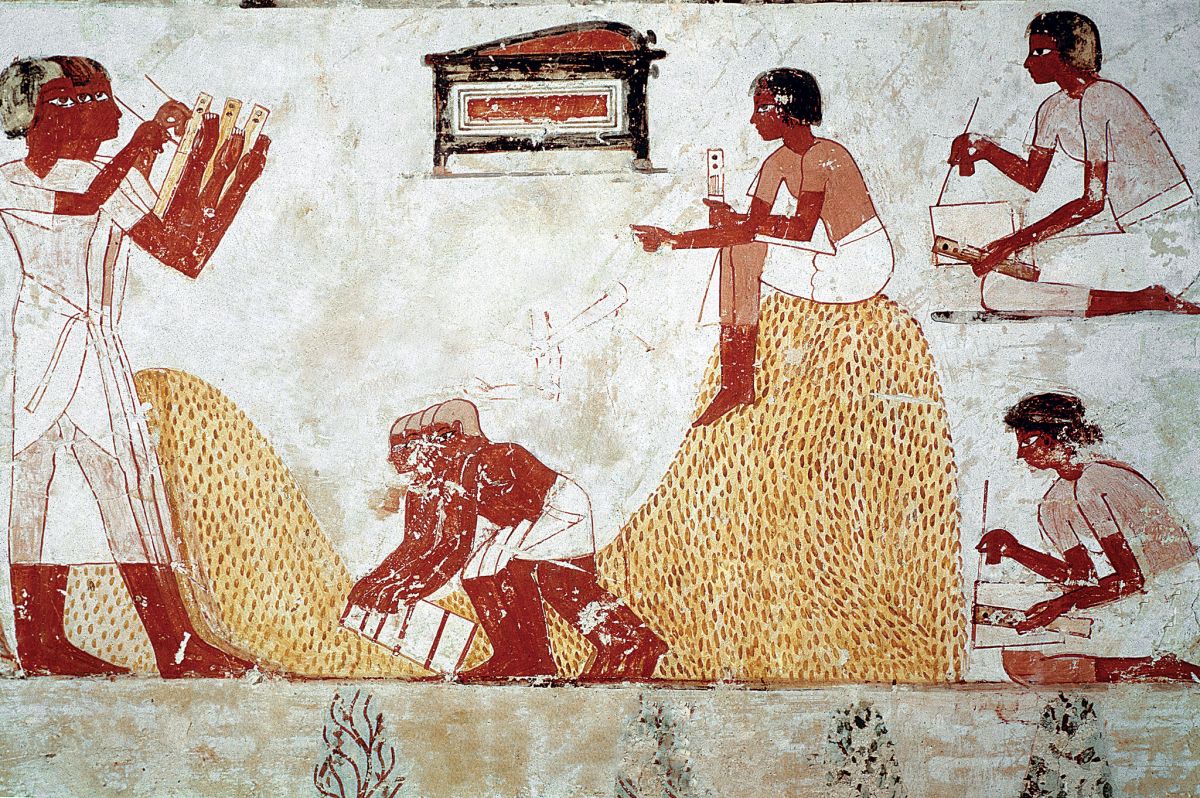
The Economy of Egyptian Civilization was impressive for that time, considering it was based on careful management complemented by an effective organization of labor. This model was believed to have helped keep a powerful and influential civilization functioning for thousands of years.
Ancient Command Economy: Centralized Control
The ancient Egyptian economy was a command economy. Resources were controlled by the pharaoh and his officials, who directed economic activity. This allowed for large-scale projects in the construction of pyramids and temples and ensured that resources were distributed efficiently.
The Success of Ancient Egyptian Civilization: Economic Foundations
There is great correspondence in the association between economic functioning and the success of Ancient Egyptian civilization: food security because of an efficient agricultural system, resources were reaped from trade, high-quality craftsmanship producing goods-all of it socially achieved with prosperous and prolific cultural and artistic development.
Ancient Egyptian Commerce: Facilitating Exchange
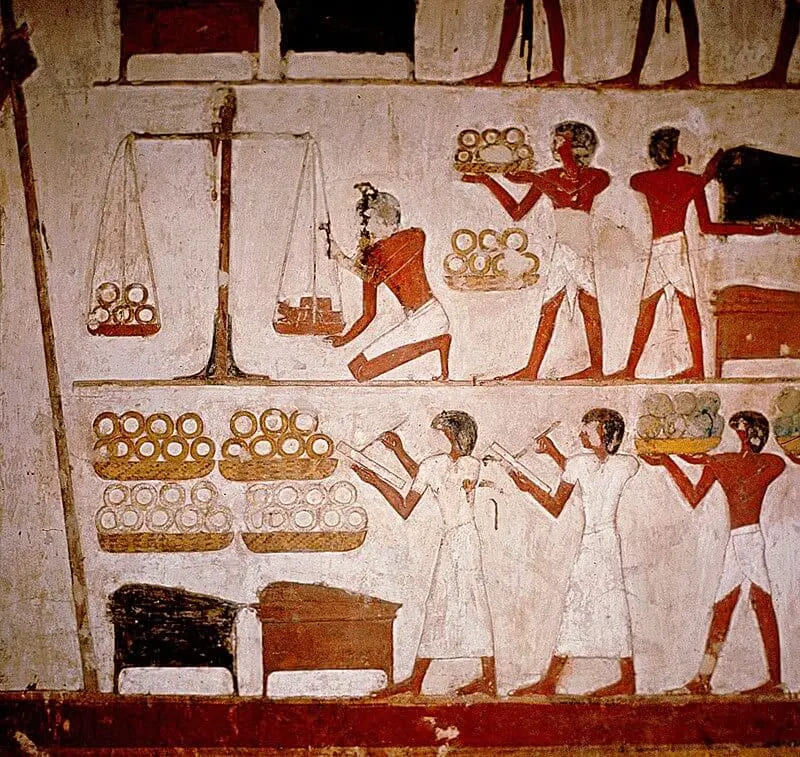
Ancient Egyptian commerce played a very important role: it connected different regions, brought goods and resources, and facilitated cultural exchange.
Trade Routes and Networks: Connecting Egypt
Egypt developed extensive trade routes that reached across the Mediterranean and beyond. They traded with regions such as Nubia, the Levant, and Mesopotamia. Such trade networks brought immense amounts of wealth and prosperity into Ancient Egypt.
Barter and Early Forms of Currency: Exchange Mechanisms
Early trade was based on barter. There was a direct exchange of goods and services. Later, more standardized weights of precious metals like gold and silver were used as money. This facilitated trade and commerce and smoothed economic transactions.
Egypt's Wealth: A Combination of Factors
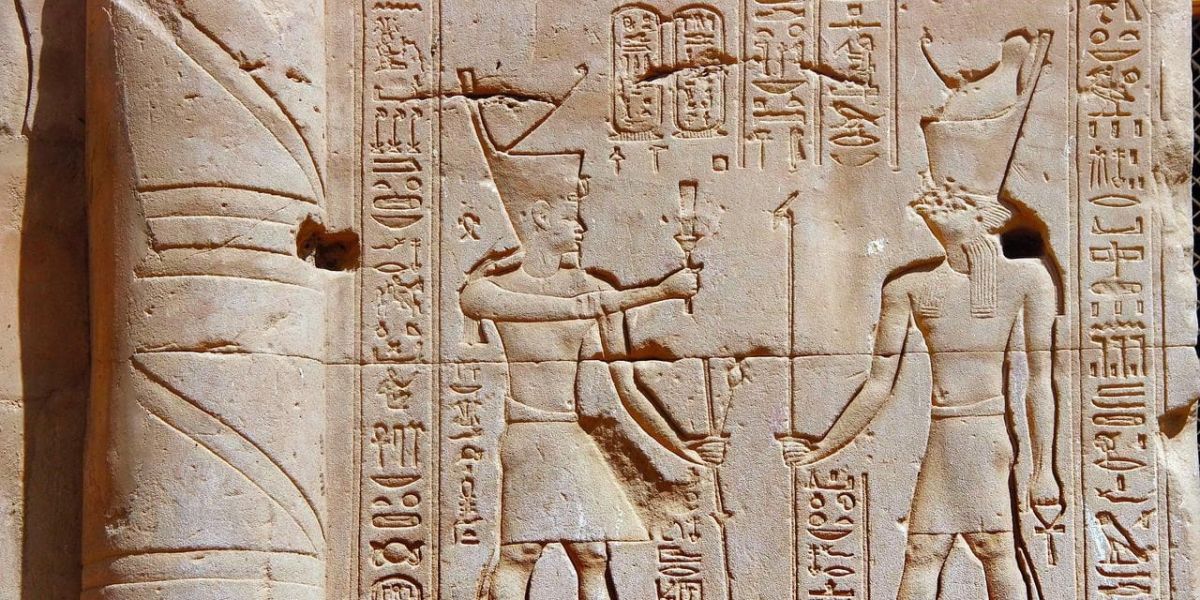
The wealth of Egypt was not based on any one factor but rather a combination of several key elements. These elements combined to create a prosperous economy.
Natural Resources and Geographic Advantages: Setting the Stage
The geographical location of Egypt and its natural resources laid a very solid foundation for the economy: the Nile River brought all its good land and water for the exercise of agriculture. Rich resources in stone, gold, and copper fueled industry and trade.
Efficient Resource Management and Organization: Maximizing Potential
In ancient Egypt, resources were managed well. They developed a sophisticated irrigation system. They organized labor pretty well. They controlled trade. This conscientious management allowed them to achieve maximum economic potential.
The Economy of Egyptian Civilization: Lessons for Today
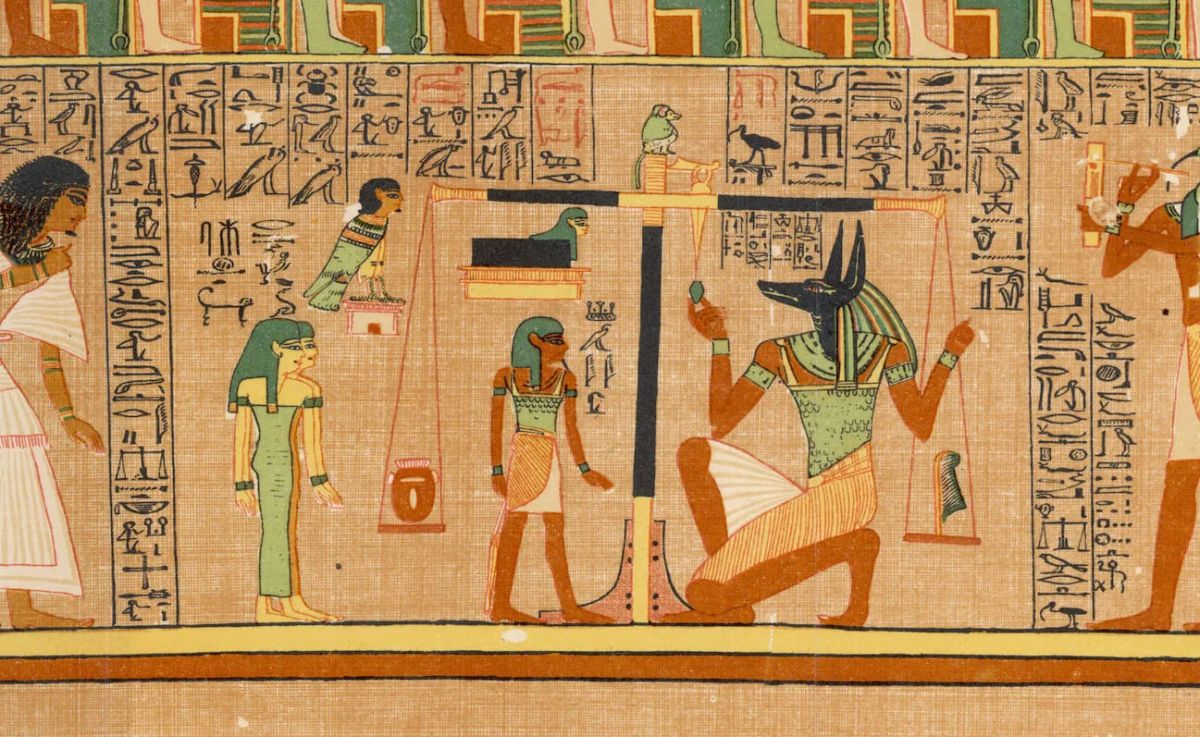
Ancient Egypt's economy, which was founded on prudent resource management and effective labor organization, was remarkable for its time. For thousands of years, this system was able to support a strong and significant society.
Sustainability and Long-Term Planning: Enduring Principles
The economy of ancient Egypt was a command economy. Economic activity was guided by the pharaoh and his officials, who also controlled resources. This made it possible to build temples and pyramids on a grand scale and guaranteed the effective distribution of resources.
Innovation and Adaptation: Keys to Success
The ancient Egyptians were innovative and adapted. They invented new technologies and adapted to the circumstances as they changed. It allowed them to surmount obstacles and attain economic success.
How Did Ancient Egyptians Transact? Understanding Ancient Egyptian Payment Methods
The Ancient Egyptians' primary mode of transaction was by barter. They simply exchanged goods or services. For example, a farmer might give up some of his grain for a craftsman to provide him with tools. The weight of valuable metals, mainly gold and silver, in standardized measures, was used as currency when trade became more complex. These were not coins but weighed quantities of metal. It provided a way of dealing in larger quantities and made overseas trading easier. Apart from these, commodities such as grain formed units of paying for wages or for paying taxes.
Social Strata and Economic Standing: The Economic Classes of Ancient Egypt
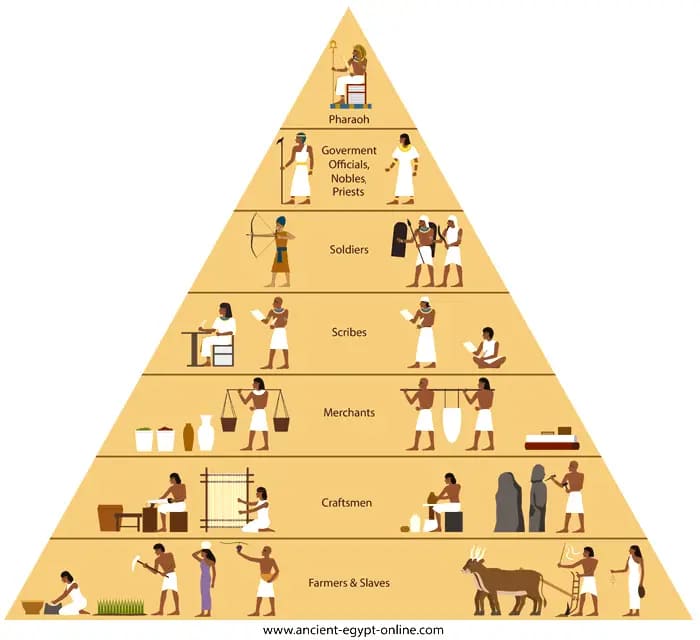
Ancient Egyptian society was highly stratified, with distinct economic classes:
- Pharaoh and Royal Family: This is the top stratum, with vast possessions and commanding economic authority.
- Priests and Nobles: Owned large tracts of land and wielded a great influence; in the administration of temples and other affairs.
- Scribes and Officials: Literate class, carrying out responsibilities like record-keeping, collecting tributes, and other tasks associated with the state apparatus; relatively well-to-do in the economy.
- Artisans and Craftsmen: Made goods for ordinary use, and also for export and religious use. Since their professions varied, so was their status in the economy.
- Farmers and Laborers: The largest class, tilling the land and doing manual labor; they formed the base of the economy, but their economic situation was usually precarious.
- Slaves: Although present, slavery was not the main source of labor. Slaves performed mainly domestic or personal services.
Was Ancient Egypt a Land of Riches? Assessing Ancient Egypt's Wealth
Ancient Egypt was indeed rich, but the riches were concentrated. Much of the nation's riches belonged to the pharaoh and the elite. The fertile lands of the Nile created a good economic foundation through agricultural surplus. This further facilitated trade and, consequently, the development of specialized crafts. Natural resources such as gold and stone further added to Egypt's riches. This, however, was not distributed evenly.
A Diverse Workforce: Jobs and Occupations in Ancient Egypt's Economy
Different jobs and occupations were supported by the ancient Egyptian economy, including but not limited to the following:
- Farmers: The backbone of the economy, growing crops and raising animals.
- Artisans: Manufacturing of pottery, cloth, metalwork, jewelry, and other items.
- Merchants/Traders: Trading within Egypt and with other regions.
- Scribes: Writing down information, keeping accounts, and drafting of official documents.
- Priests: Maintaining temples and religious affairs and very often being responsible for the administration of agricultural lands.
- Government Officials: To run the state, collect taxes, and supervise public works.
- Soldiers: Guarded the kingdom and accompanied trade missions.
Construction workers built pyramids, temples, and other monumental buildings.
What Goods Were Exchanged? Exploring Trade in Ancient Egypt
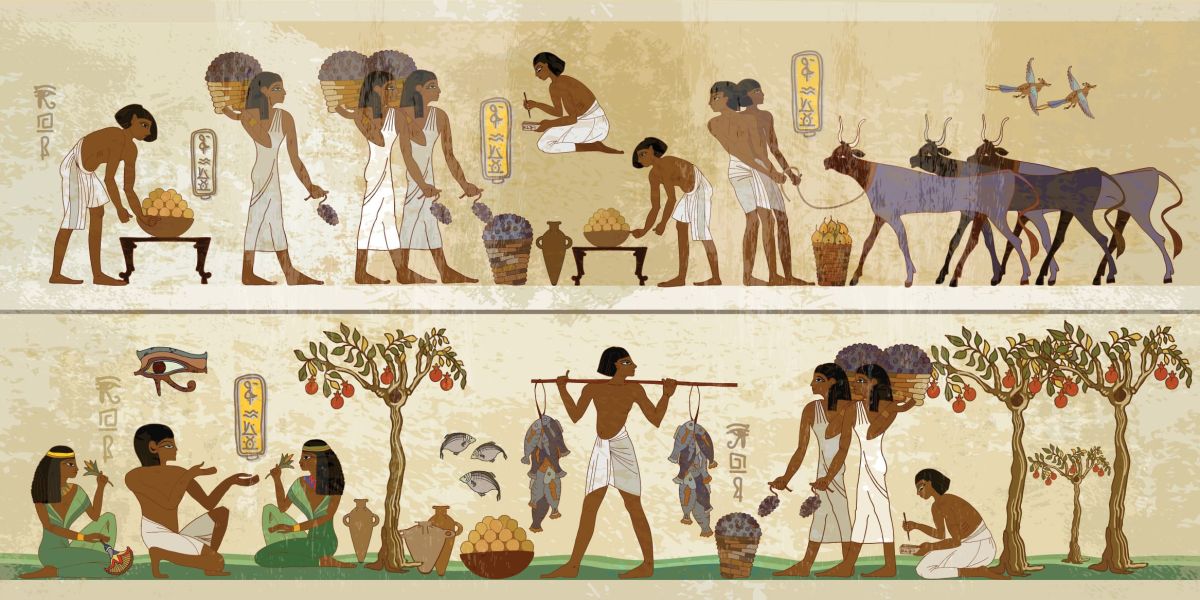
Ancient Egypt engaged in extensive trade, both within its borders and with other regions. They traded:
- Grains (wheat, barley): Exported in exchange for other products, both internally and abroad.
- Linen: A luxury fabric made from flax, bartered for other textiles as well as raw and finished materials.
- Gold: One of the greatest exports, used to buy luxury items, timber, and other materials.
- Papyrus: Writing material, exported all over the ancient world.
- Stone (granite, limestone): Used for building and exchanged for other products.
- Finished goods (pottery, jewelry, metalwork): Exchanged for raw materials and other finished products.
Exotic goods include ebony, ivory, and spices, imported from Africa and elsewhere.
What Treasures Left Egypt? Key Exports of Ancient Egypt
Ancient Egypt's primary exports were:
- Grain: Staple export, especially when there is a surplus of it.
- Gold: Much in demand all over the ancient world.
- Linen: A quality fabric prized in its own right.
- Papyrus: For writing and keeping records.
- Stone: Building material and monument stone used in other parts of the world.
What Drove the Economy? The Main Economic Engine of Ancient Egypt
The principal economic machinery of ancient Egyptian society was agriculture, in the form of crop cultivation around the Nile. As a result of periodic flooding of the Nile, rich silt deposits on its banks enabled constant harvests and gave rise to a settled population. Such surplus farming gave impetus to other activities, craftsmanship, and construction.
A Period of Prosperity: When Did Egypt's Economy Flourish?
The economy was up and down throughout Egypt's history. It could be said that the period of the New Kingdom was, in fact from about 1550 to 1070 BCE, generally understood as a period of a great economic bloom. In this age, Egypt enlarged its territory through military expeditions, gained new resources, and opened itself to new commercial ways; then, with growth in riches, commerce, and craftsmanship, arts flowered.
Did Ancient Egyptians Use Money? Exploring Ancient Egyptian Currency
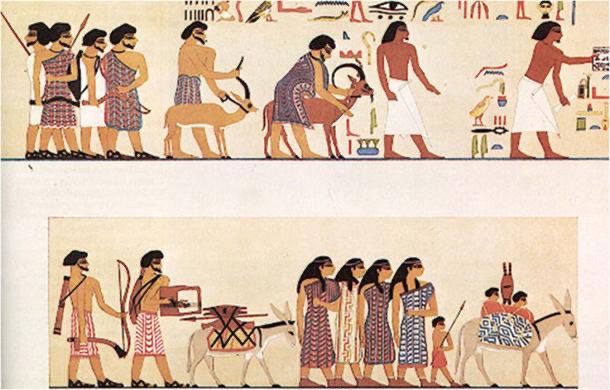
The ancient Egyptians never used coins the way we understand the word. As highlighted above, they made use of the medium of exchange in the form of standardized weights of precious metals, particularly gold and silver. Thus weighted amounts of gold and silver were consequently an expected manner of currency that one would expect to find in the large-scale transaction. Other consumables, like grains, were another form of compensation, especially in the area of wage and tax payments. These are not, in the modern sense of the word, "money", but these systems served similar functions in the economy.
Conclusion
Egyptian civilization needed one of the high-level economies to maintain one of the most incredible civilizations in the history of man. Everything about the economy, from the rich soil of the Nile down to the active trade routes, all combined to give Egypt its true wealth and power. One cannot study the economy of ancient Egypt divorced from the analytic framework of the principle of economic success. It also testifies to resource management, organization, and innovation. This is evidence of the extraordinary capability of the functionally working economy of the Ancient Egyptian Civilization. In the words of Maya Angelou, "You may encounter many defeats, but you must not be defeated." Therefore, as in the case of the ancient Egyptians, they went through many challenges, but with their strong economy, they came out and provided the world with a legacy that continued to intrigue and capture the fancy of our imagination. The economy of Ancient Egypt thus stands as testimony to human ingenuity and resourcefulness.
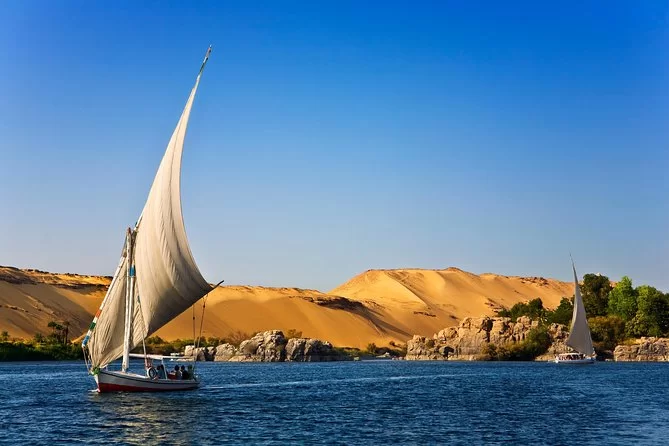








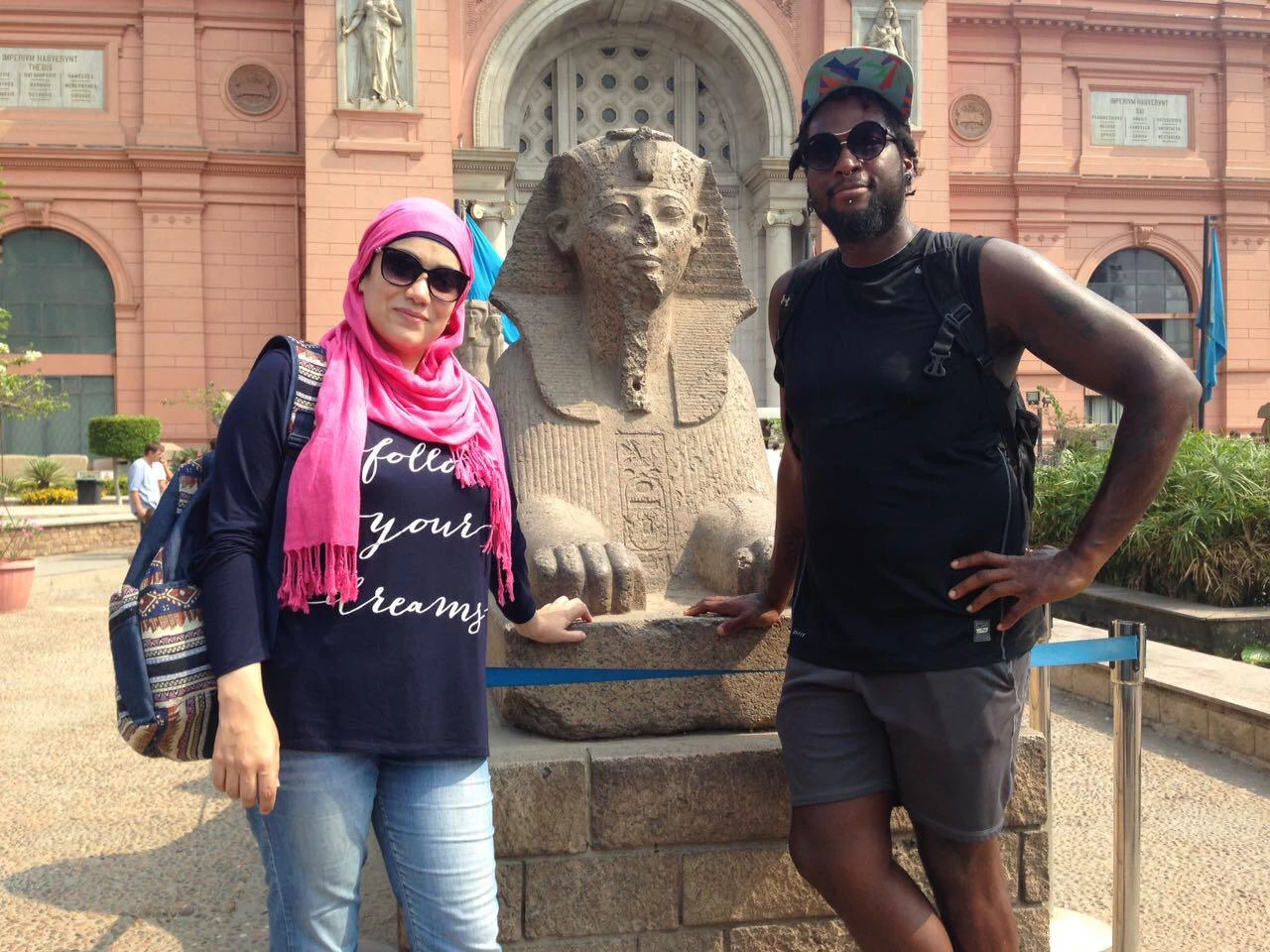

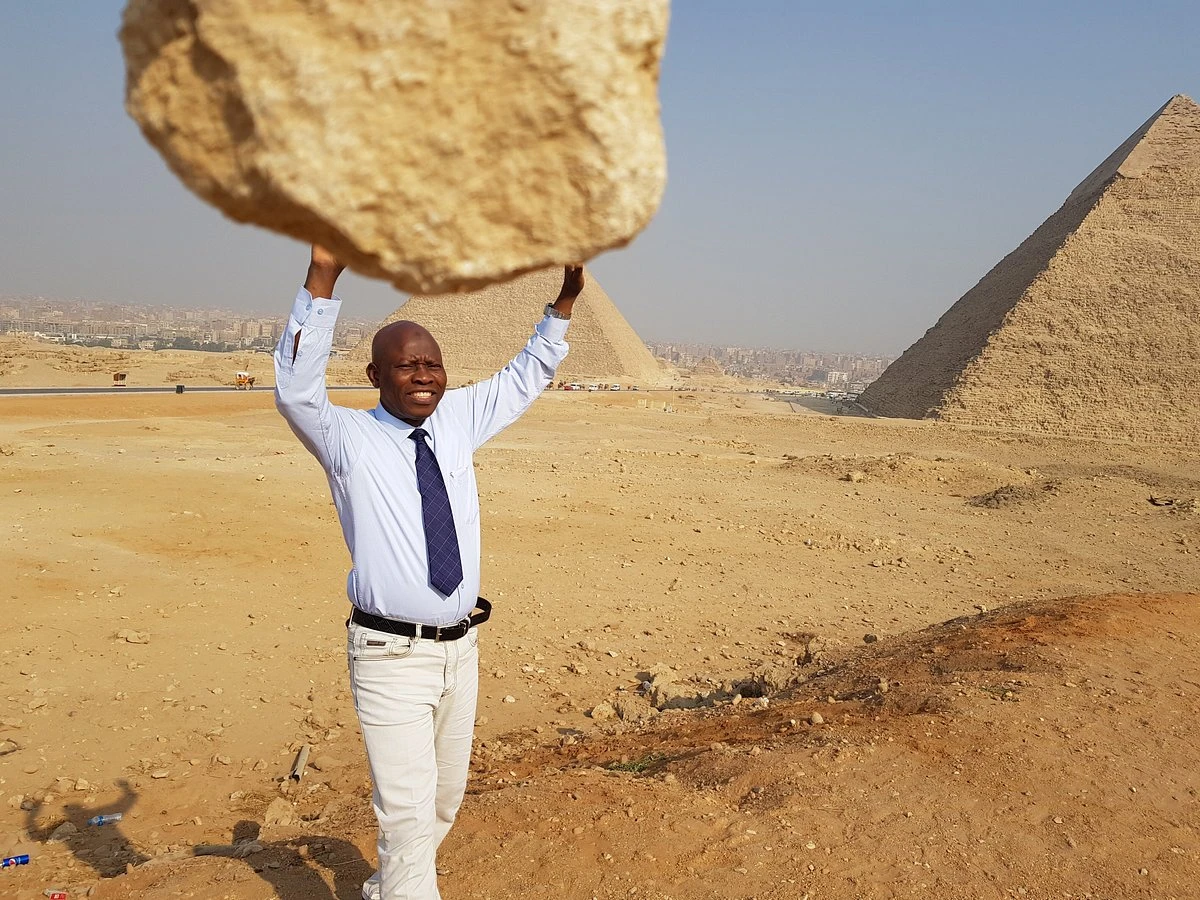
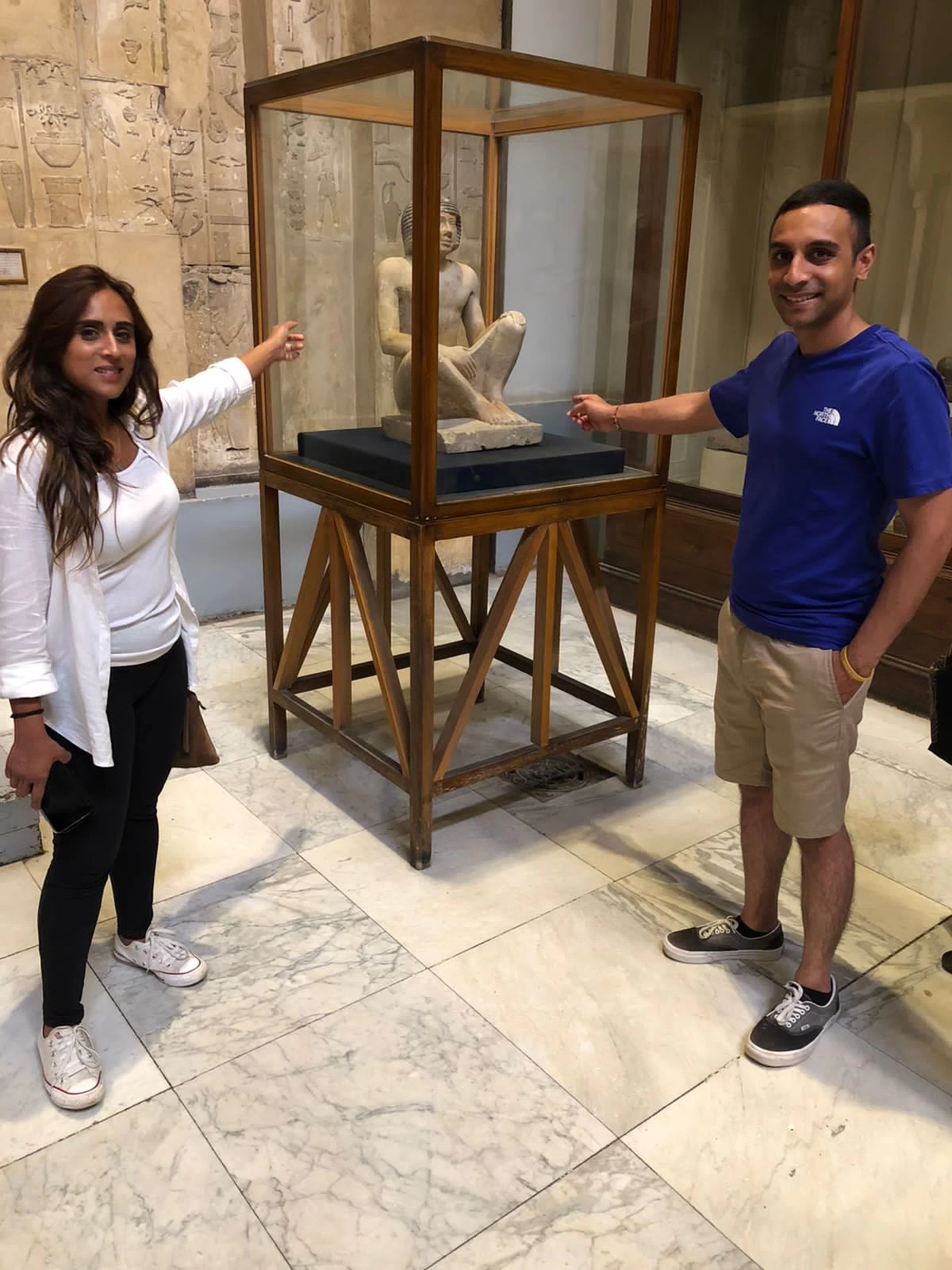

-webp.webp)
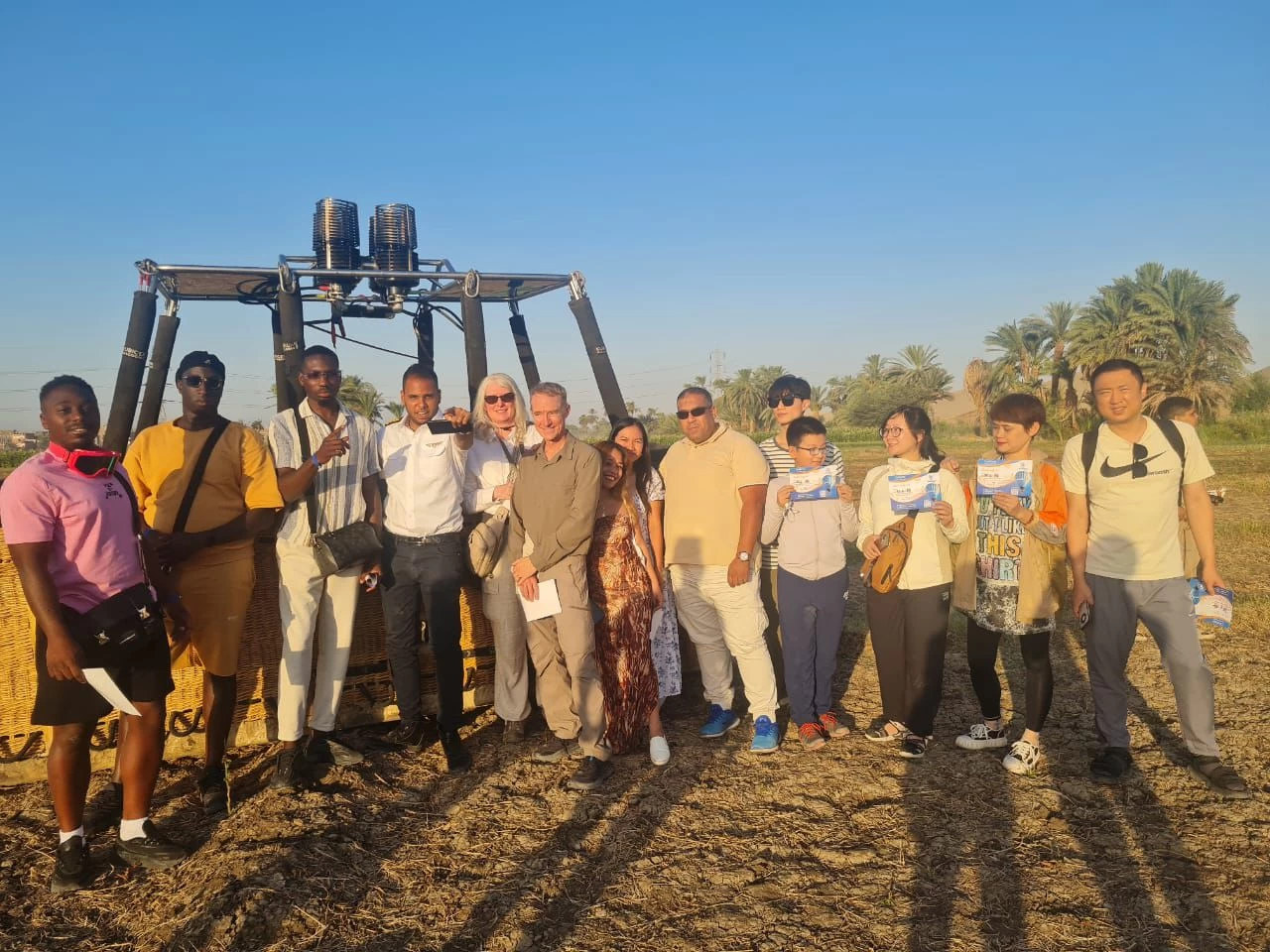
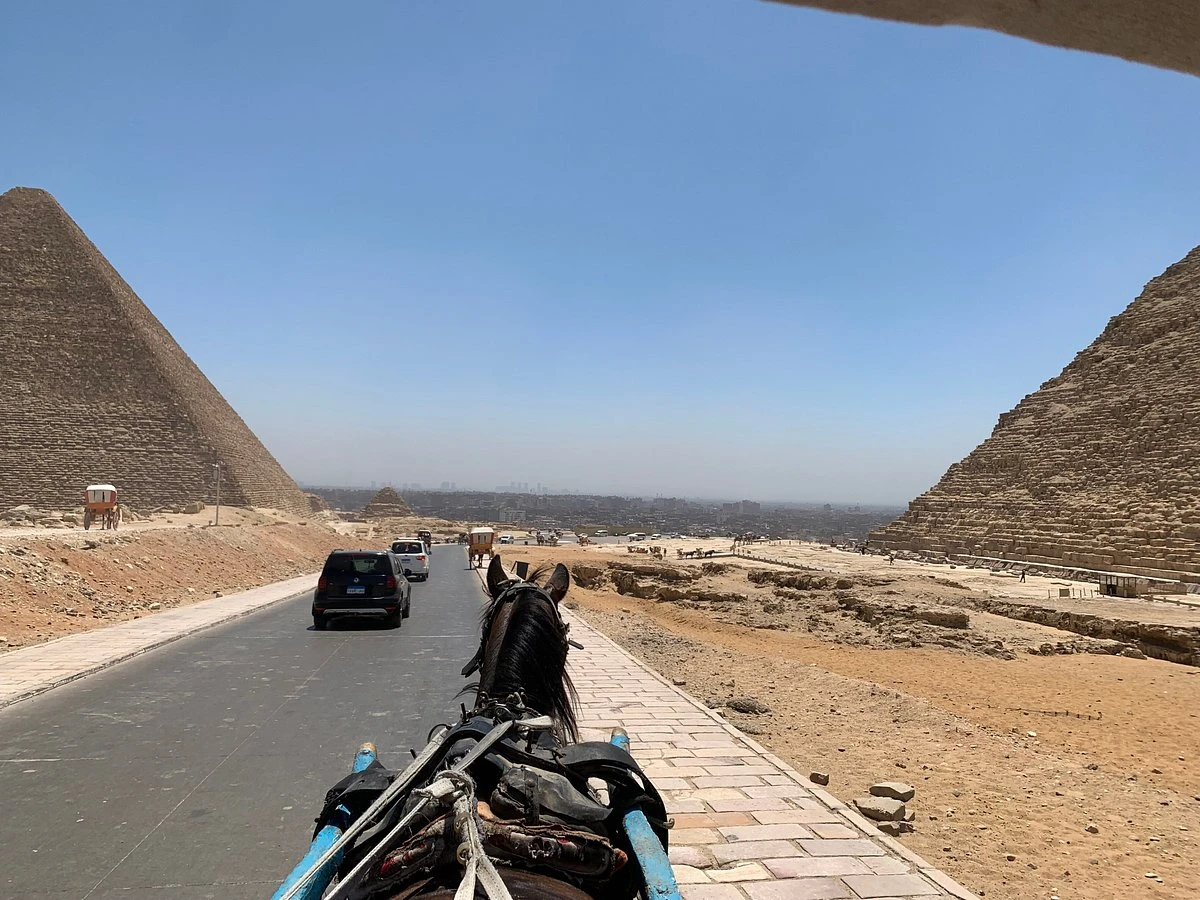
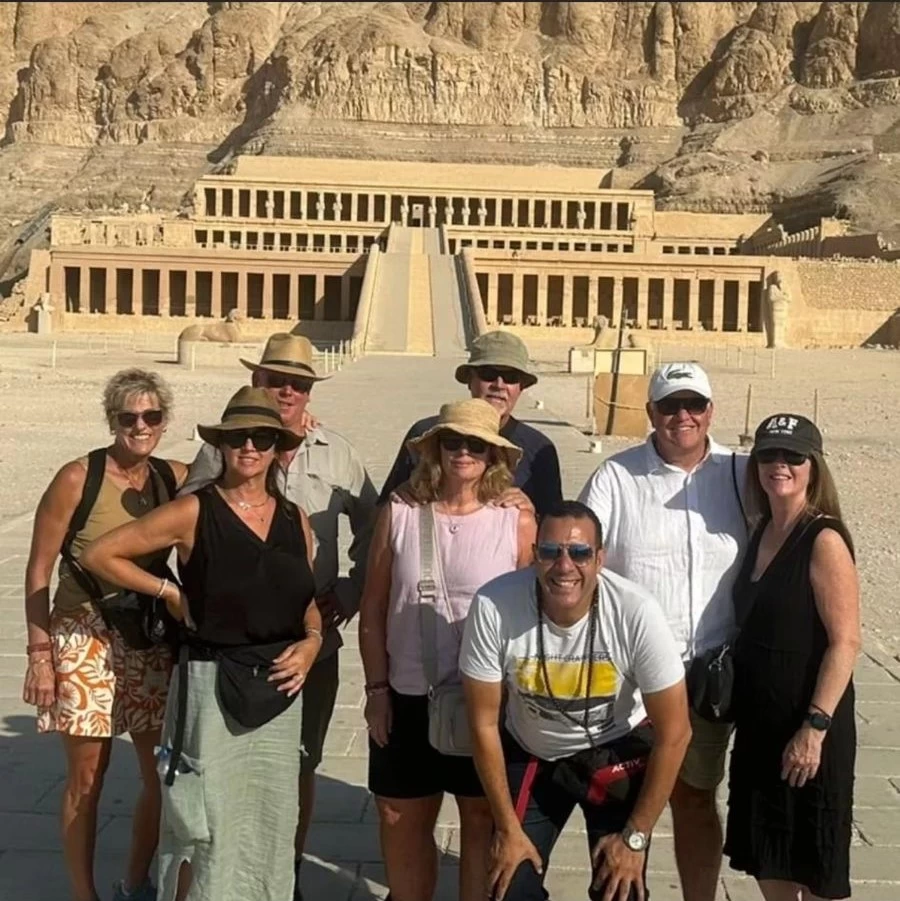
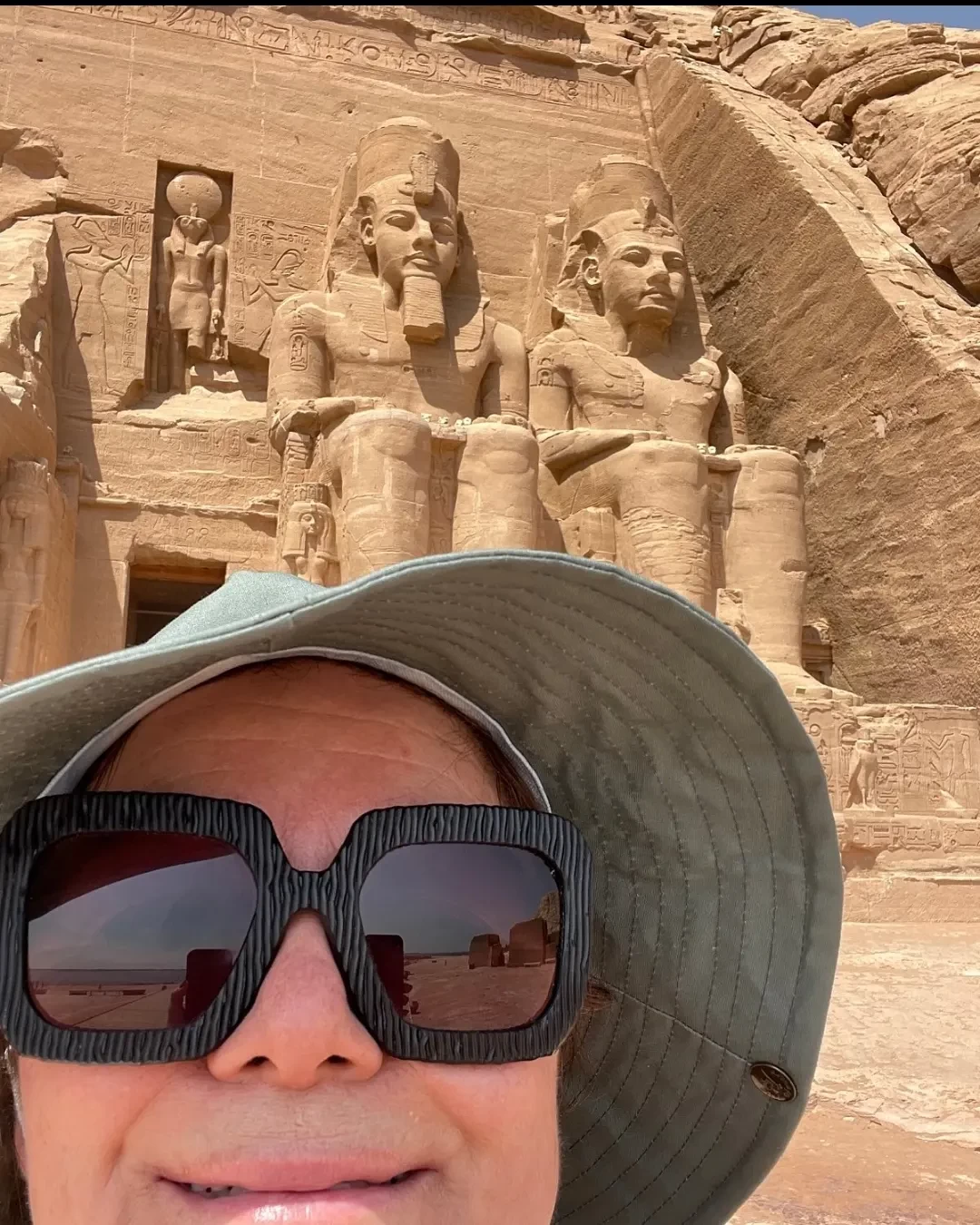
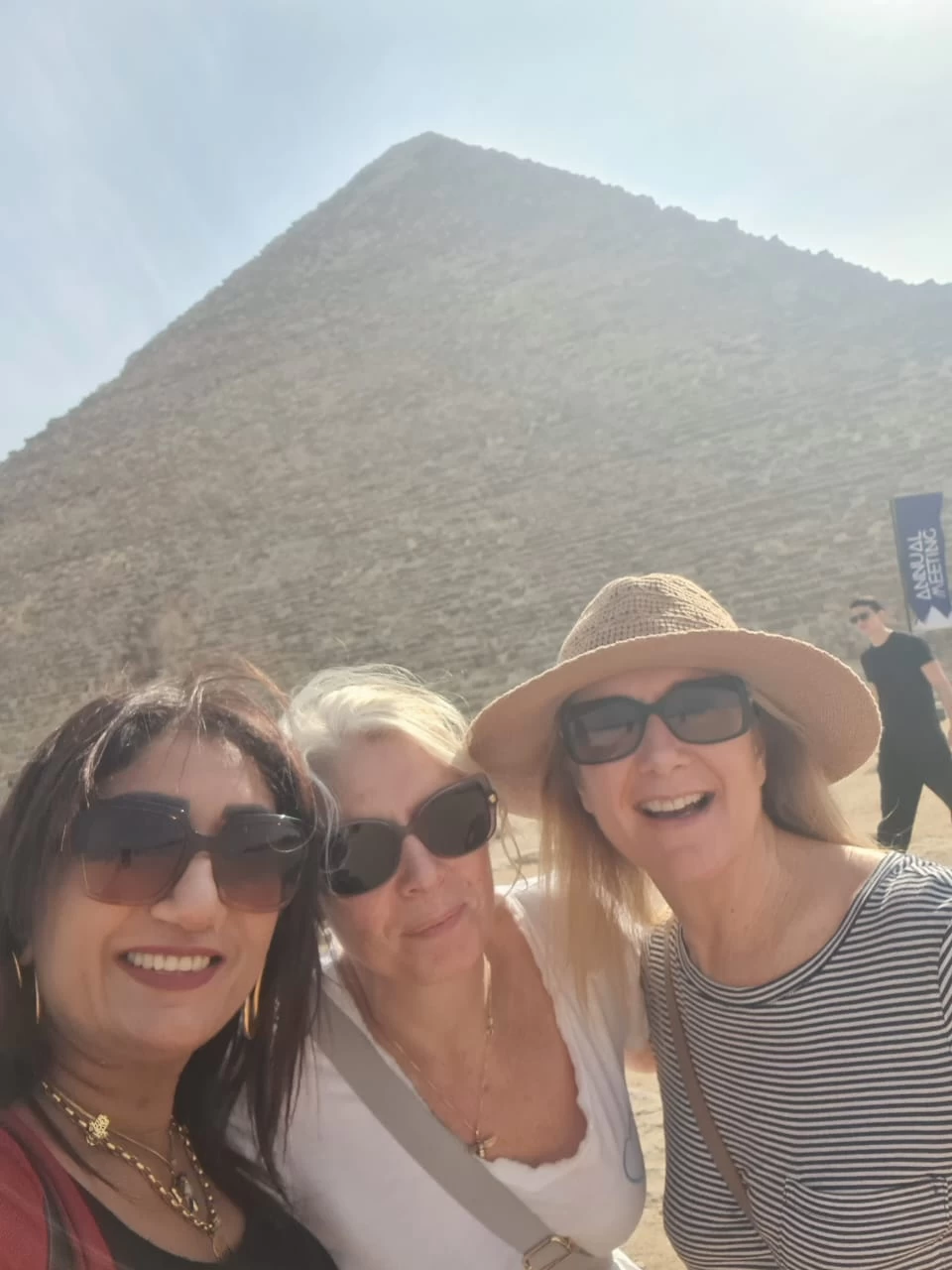
-webp.webp)



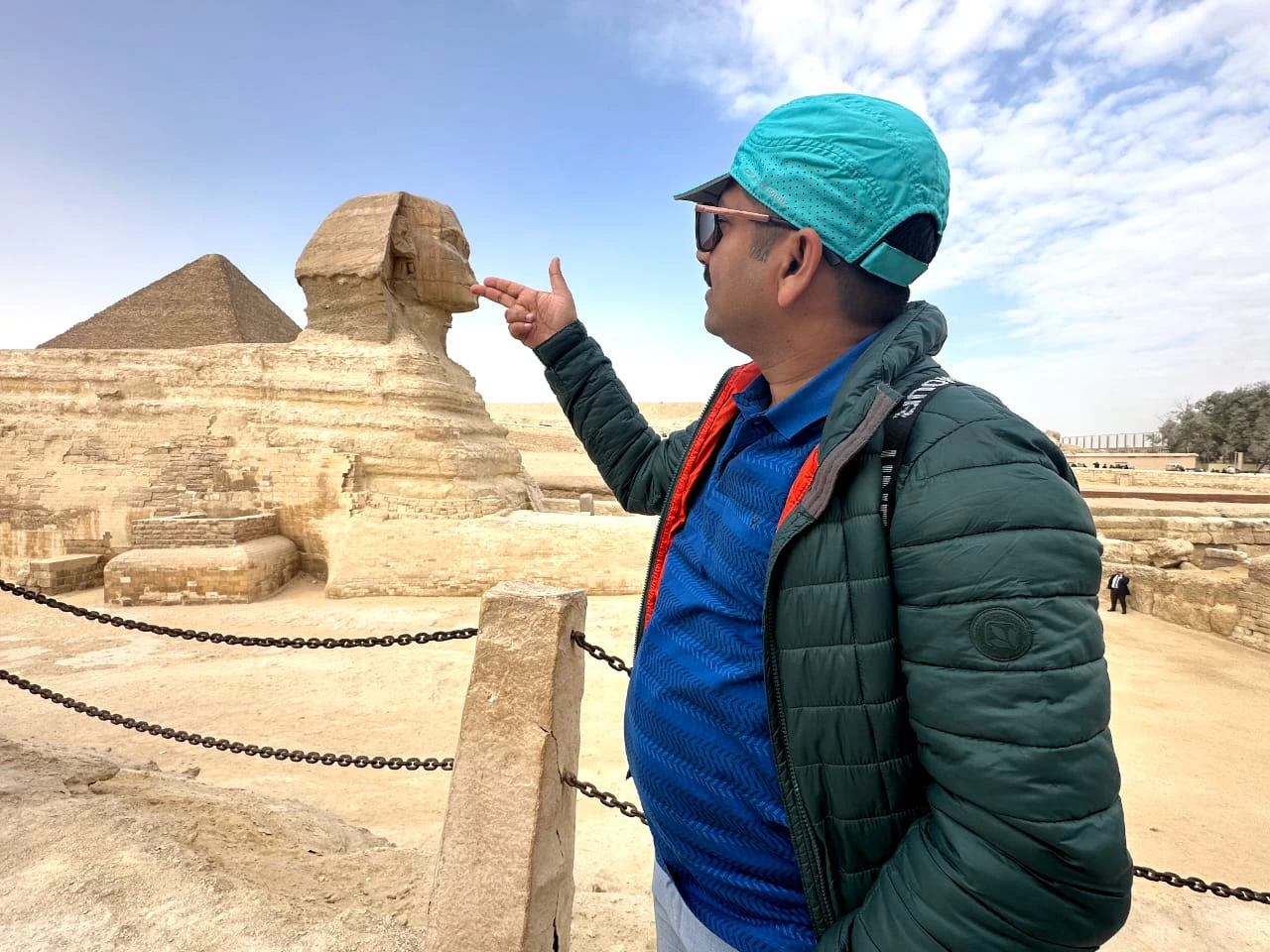
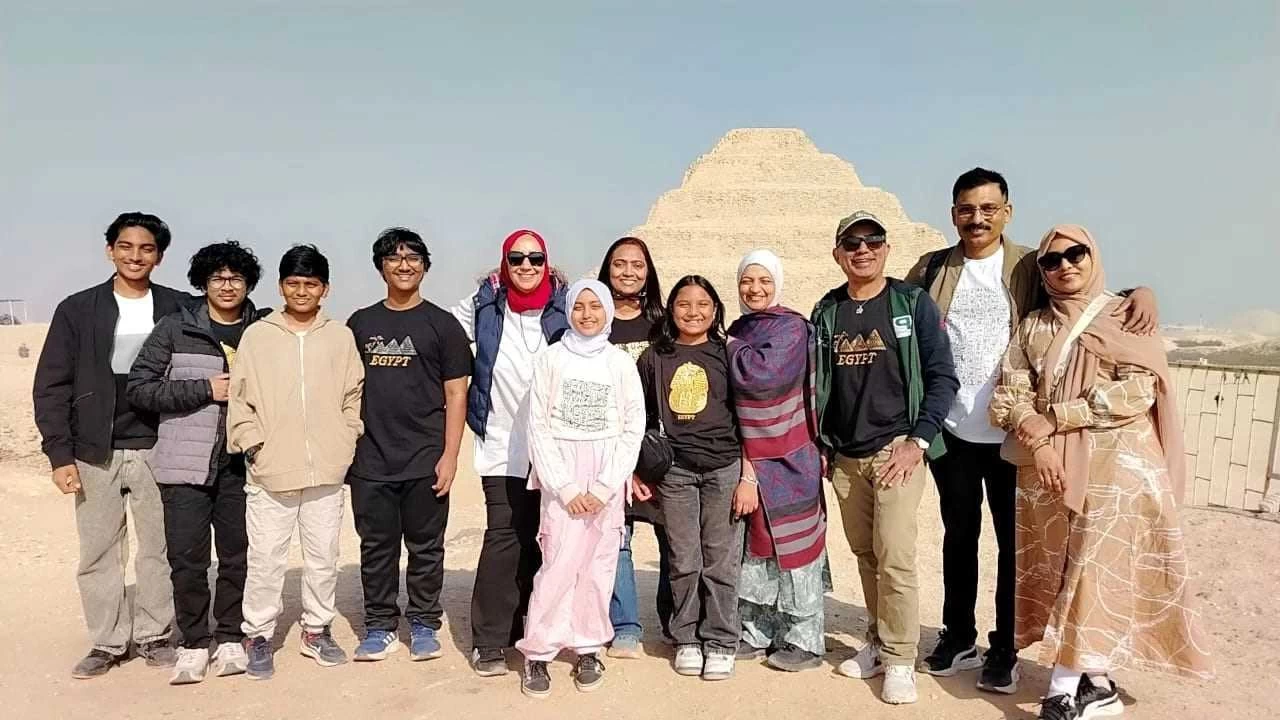
-webp.webp)
-webp.webp)
-webp.webp)
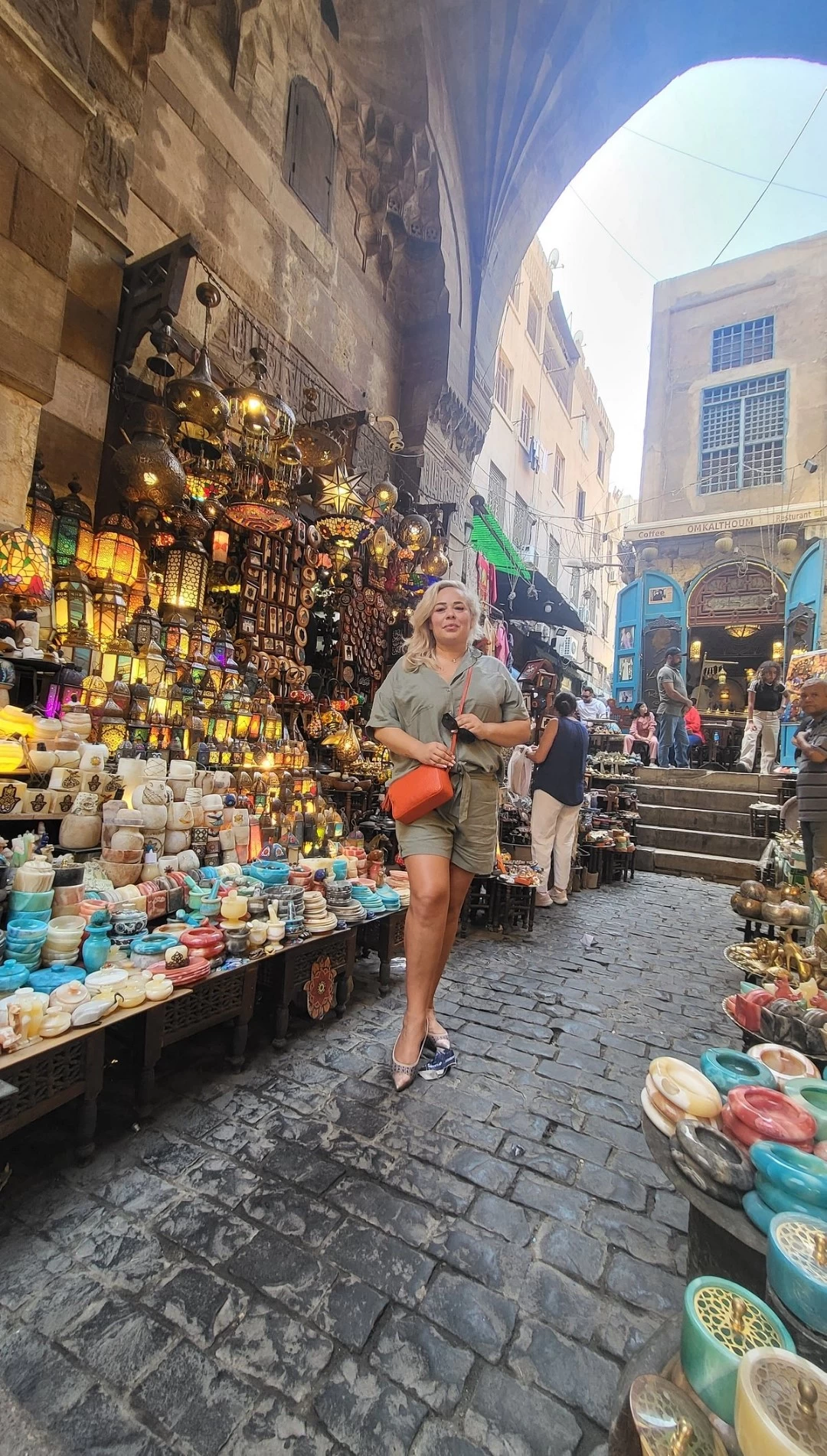



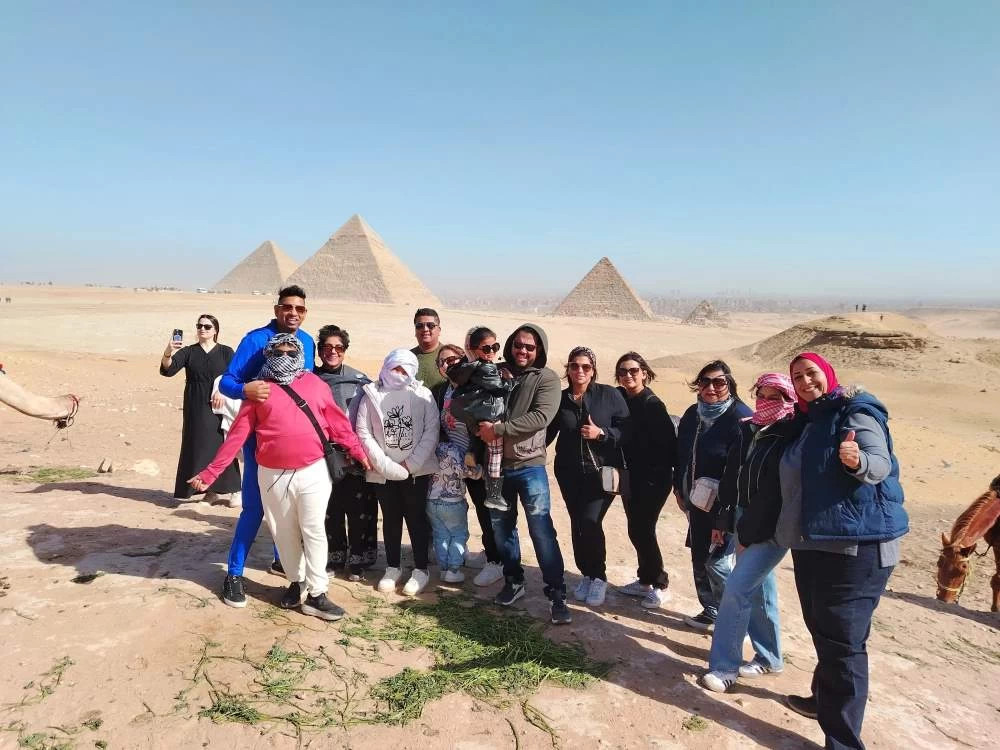
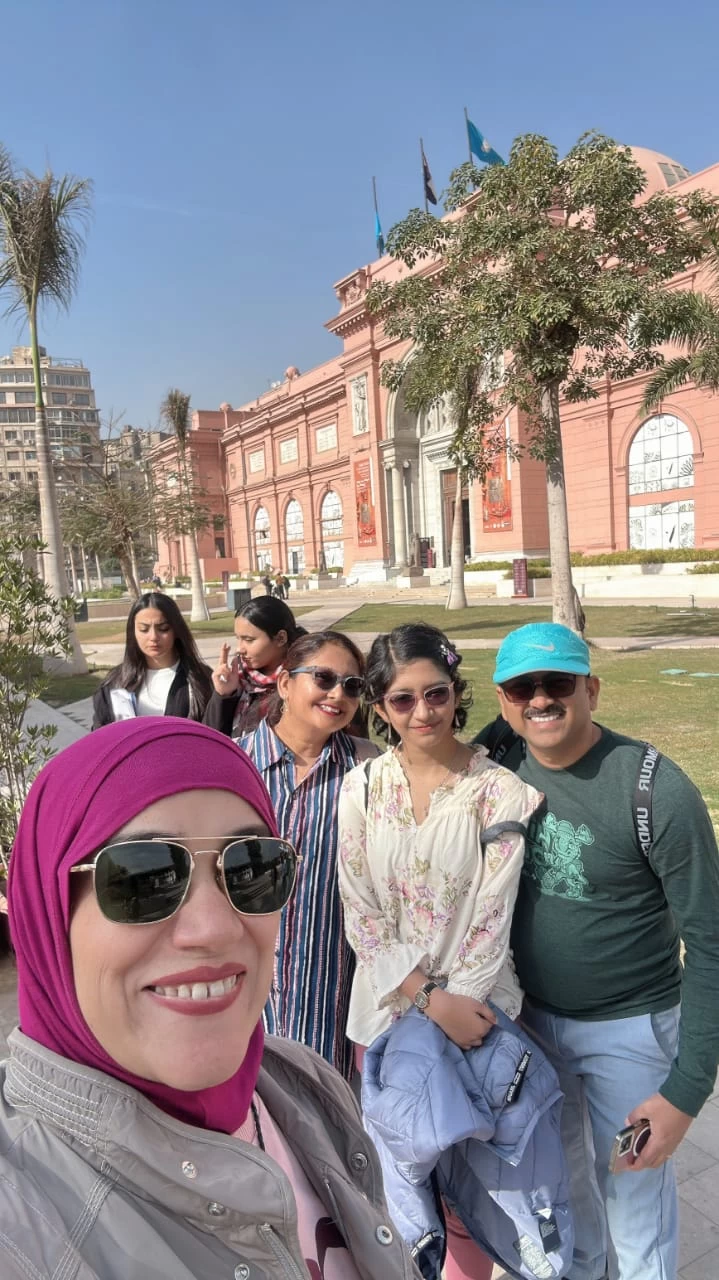
-webp.webp)
-webp.webp)
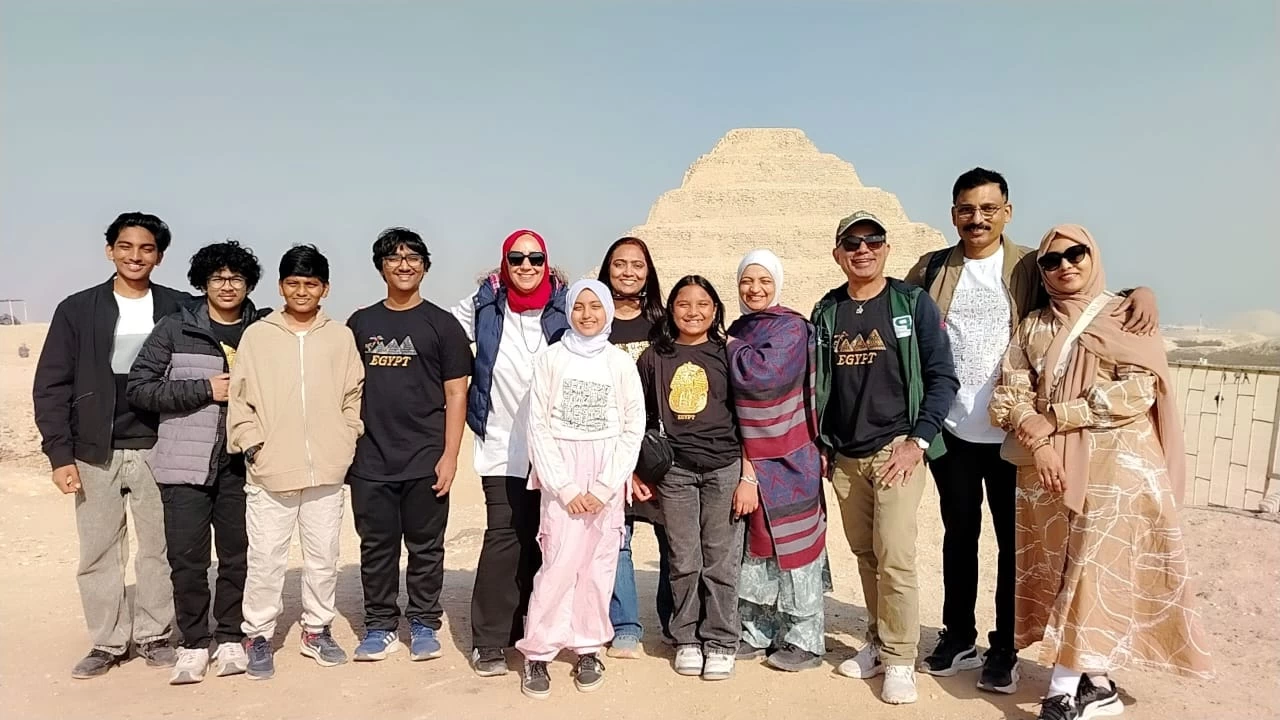
-webp.webp)
-webp.webp)
-webp.webp)
-webp.webp)
-webp.webp)
-webp.webp)
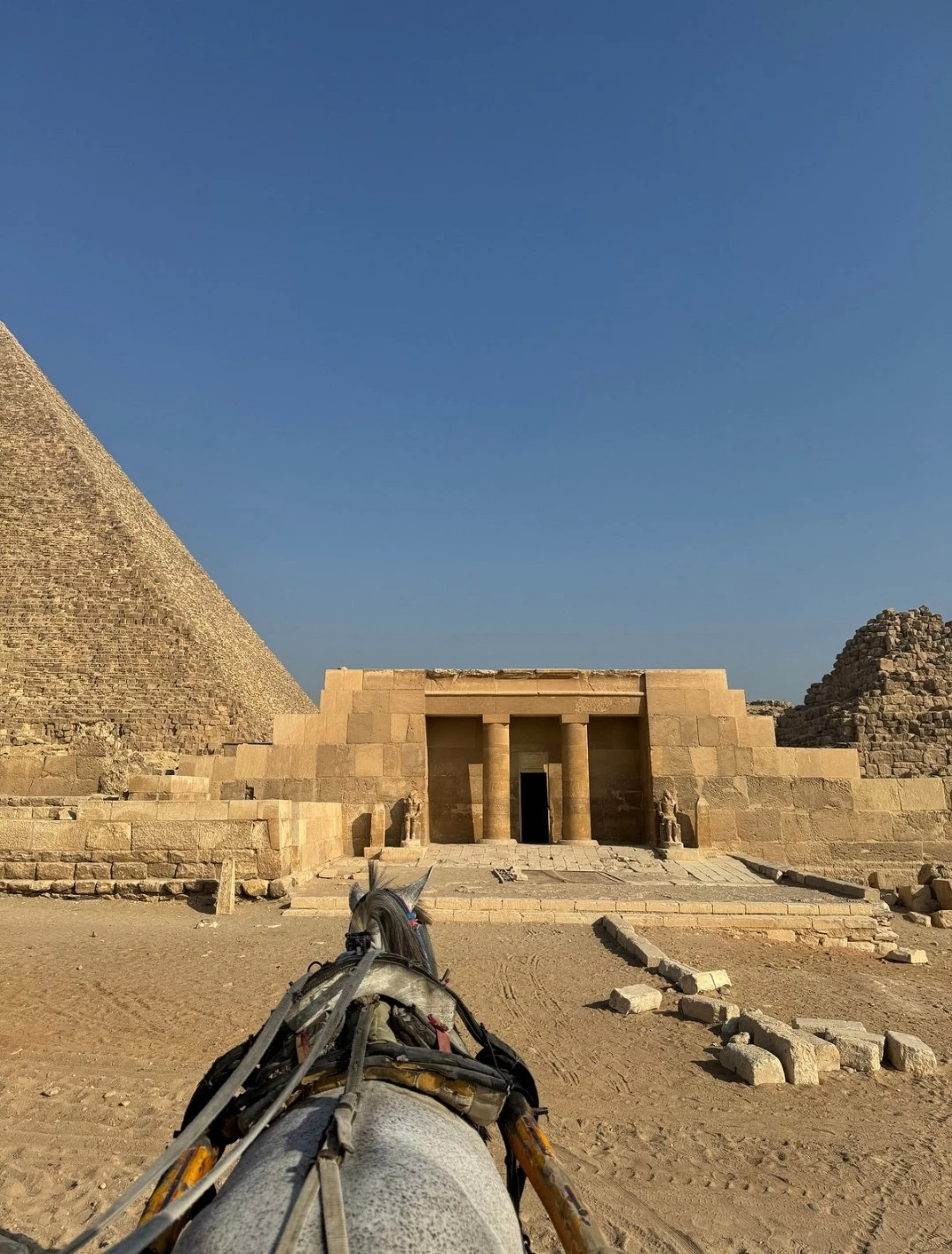
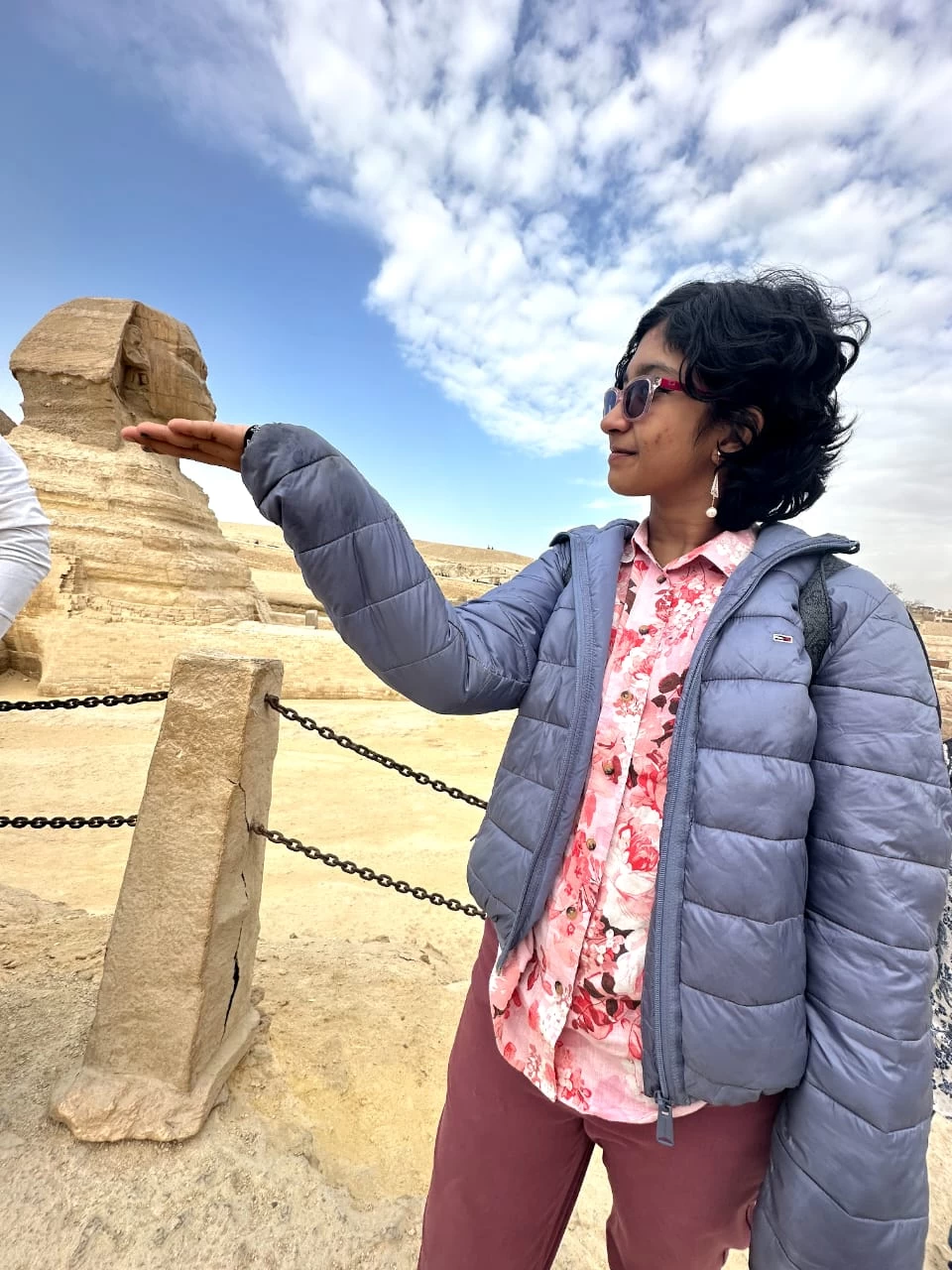
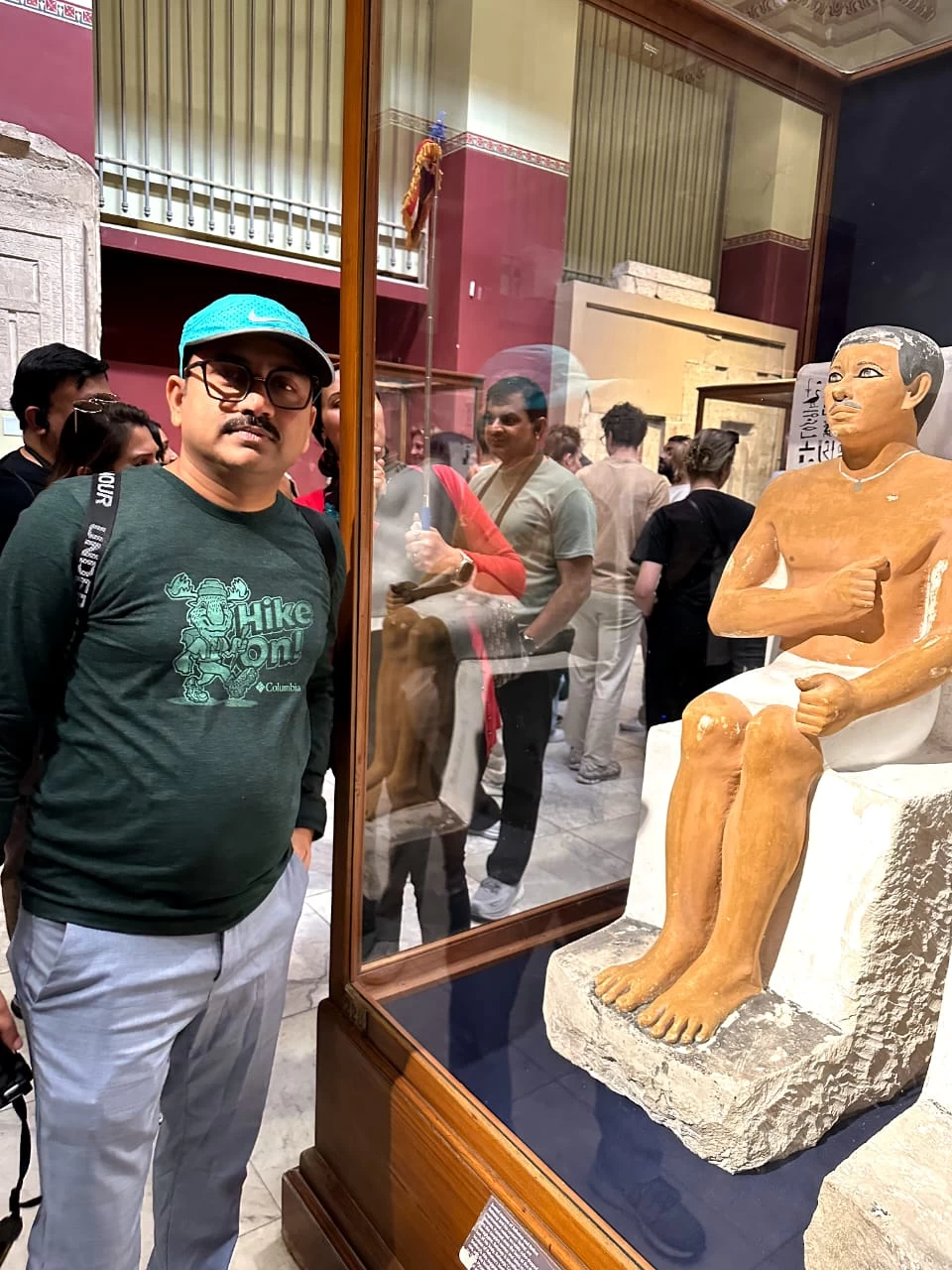
-webp.webp)
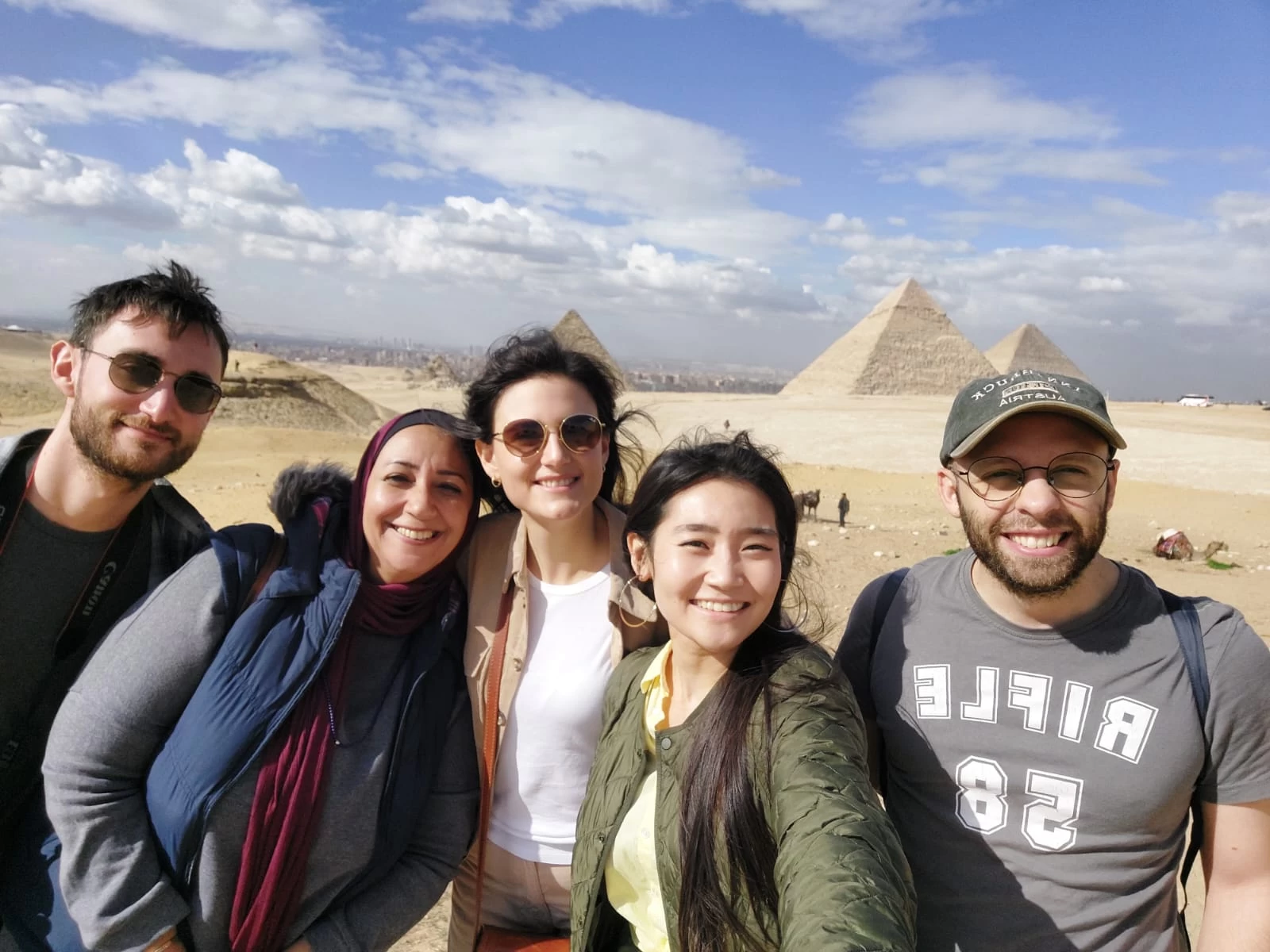
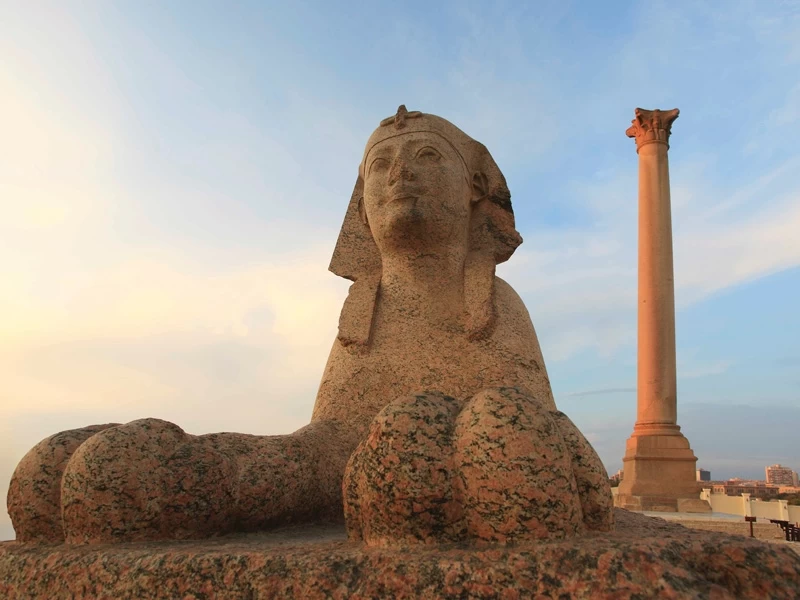
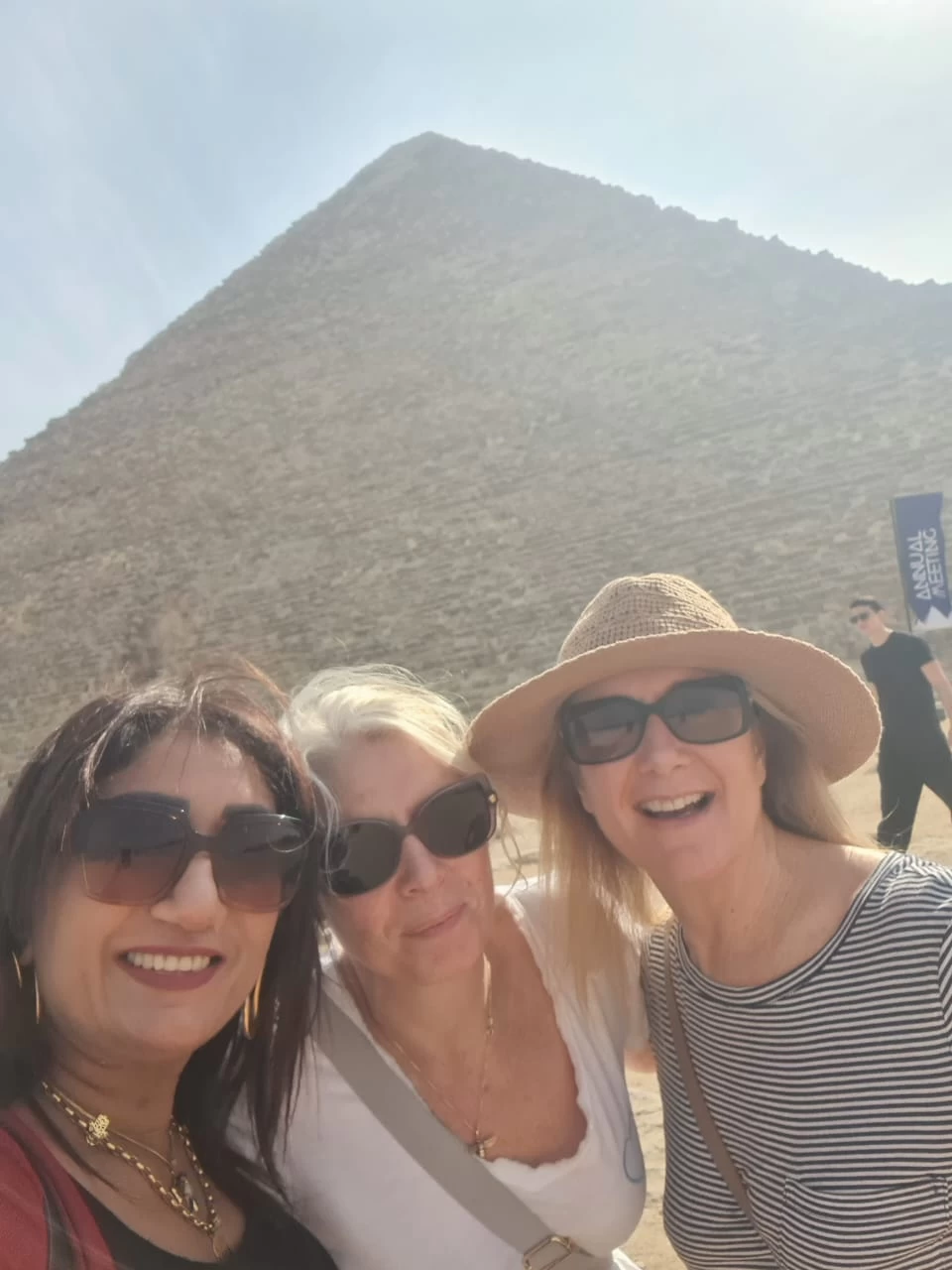


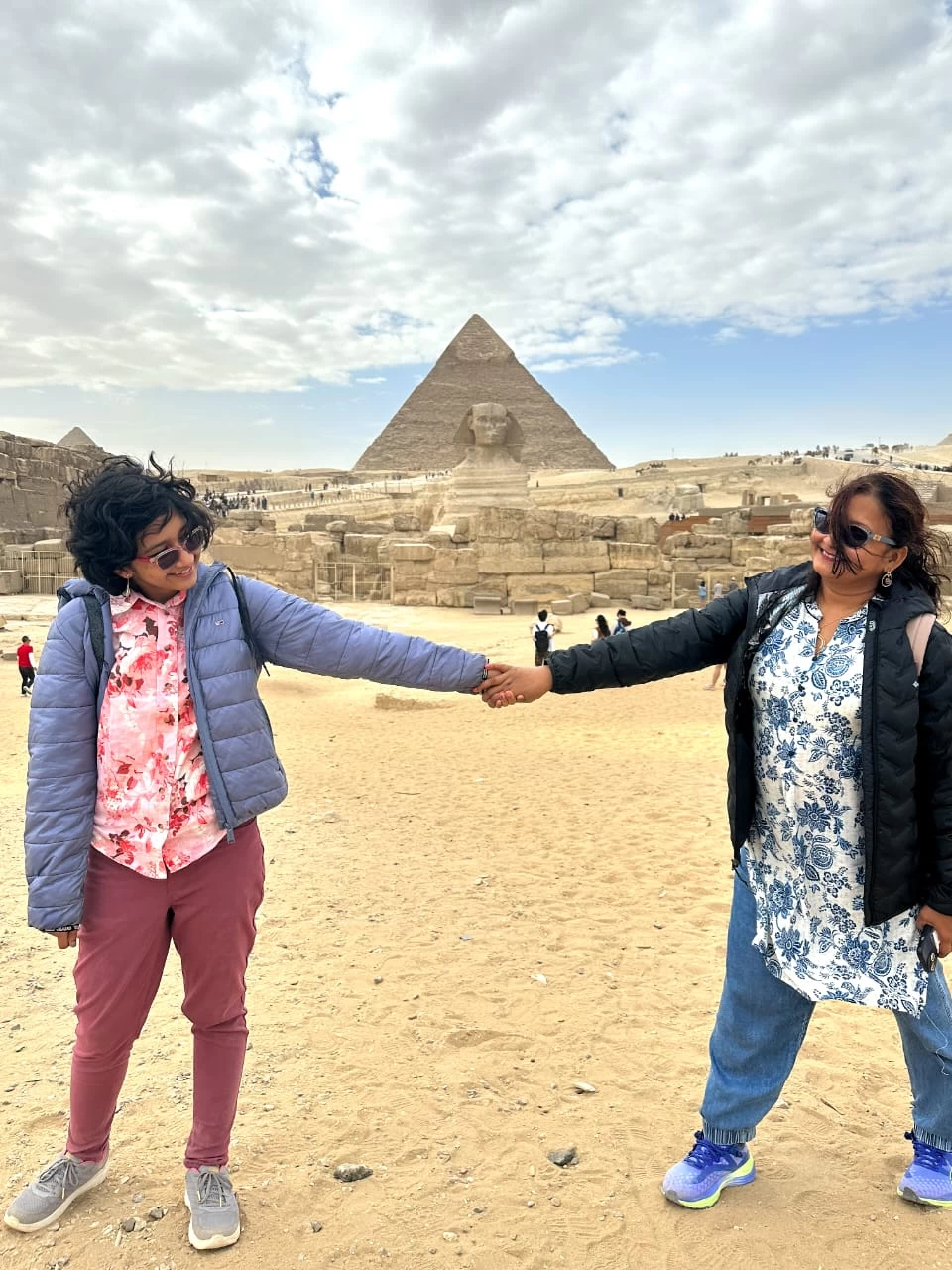
-webp.webp)
-webp.webp)










.png)

